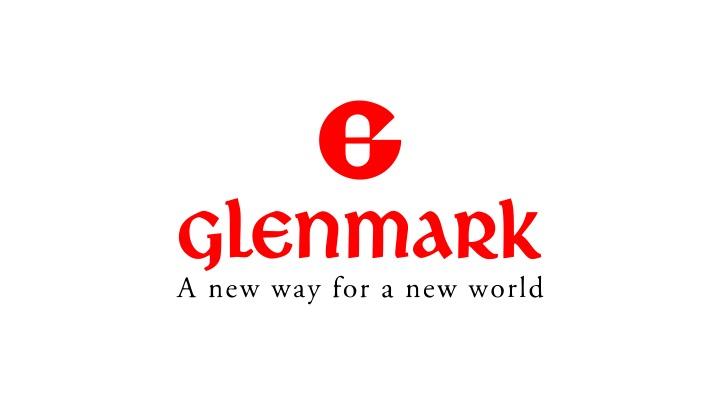Glenmark Pharmaceuticals Announces Oral Presentation of New Data on GBR 830, an Investigational, Anti-OX40 Monoclonal Antibody, at the International Investigative Dermatology Meeting
PARAMUS, New Jersey, May 17, 2018 /PRNewswire/ -- Glenmark Pharmaceuticals, a global pharmaceutical company, today announced data from a Phase 2a, proof-of-concept study of GBR 830, an investigational, anti-OX40 monoclonal antibody being studied for the treatment of moderate-to-severe atopic dermatitis (AD), that were presented at the International Investigative Dermatology Meeting (IID) in Orlando, Florida. The exploratory Phase 2a study was conducted to investigate the safety of GBR 830, evaluate its effects on AD biomarkers, and generate the first clinical evidence of its biological activity. Patients were randomized to receive two doses of GBR 830 or placebo, and were assessed for response at Day 29 and Day 71.
New data from the study demonstrated that subsequent to treatment with GBR 830, epidermal hyperplasia, proliferation, and mRNA biomarkers for disease activity were reduced, indicating a possible effect on both the acute and chronic stages of AD.
"This biomarker evidence further validates our recently announced decision to rapidly advance the clinical development of GBR 830," said Fred Grossman, President and Chief Medical Officer at Glenmark Pharmaceuticals. "At Glenmark, we are committed to the pursuit of this potential new treatment for atopic dermatitis, and this biomarker data may provide important information for future clinical decision making."
In the Biological Activity Set of 40 patients (GBR 830 n=29; placebo n=11) who underwent lesional skin biopsy before and after treatment, a significant reduction from baseline in disease related biomarker signatures was observed in patients receiving GBR 830 compared to placebo. Reduced mRNA expression included Th1, Th2 and Th17/Thh22 related biomarkers of disease activity. Improvement of the pathological epidermal phenotype in GBR 830 treated patients was shown by reduction of skin thickness, reduced expression of hyper proliferation biomarker K16 mRNA and Ki67 expressing cells, as well as reduced protein expression of OX40 and its ligand OX40L.
In the intent-to-treat population of all randomized subjects (GBR 830 n=46; placebo n=16), a greater proportion of GBR 830-treated patients achieved a 50% improvement in disease severity compared to placebo, as measured by the Eczema Area and Severity Index (EASI 50) at Day 29 (43.6% vs. 20.0%) and Day 71 (76.9% vs. 37.5%).
"As the lead investigator on this study and a physician with a passion for investigating how to improve the lives of people living with atopic dermatitis, I am pleased to present these biomarker results from treatment with GBR 830 at IID," said Emma Guttman-Yassky, MD, PhD, and Director of the Center of Excellence in Eczema and Professor of Dermatology at the Icahn School of Medicine at Mount Sinai. "As our fundamental knowledge of the pathogenesis of atopic dermatitis grows, understanding the role biomarkers play in disease control and presentation is vital to addressing the unmet need among these patients."
In the study, GBR 830 was safe and well-tolerated. The most common treatment emergent adverse event was headache, with no meaningful differences observed between GBR 830 (13%) and placebo-treated (25%) patients.
The GBR 830 Phase 2a study has been completed. Enrollment for a Phase 2b study in AD is expected to begin in June 2018.
About GBR 830 in Atopic Dermatitis
GBR 830 is designed to inhibit OX40, a costimulatory immune checkpoint receptor expressed on activated T cells and memory T cells. Costimulatory signals are essential for T cell activity, and binding between OX40 and OX40L is a biomarker for the severity of autoimmune diseases. The activation of this pathway leads to conversion of activated T cells into memory T cells, which promotes inflammation. In addition, regulatory T cells also contribute to inflammation, and OX40 signaling by these cells downregulates immune suppressing functions. It is believed that GBR 830 may inhibit the dual activities of OX40 and OX40L binding in both activated T cells and regulatory T cells, thus potentially reducing inflammation associated with symptoms of atopic dermatitis.


